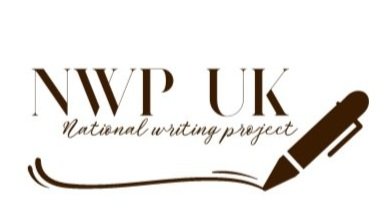Collaborating
Ideas and approaches for writing together in groups of all ages.
plotting together
This four-part exercise allows writers to share prompts, sequences and the development of new perspectives.
a) Ideas and glimpses: Writers are given 5 cards or slips of paper. On each of these they write an event, a line of dialogue, a question, a description, a dilemma - with the idea that these possibly disparate ideas are part of longer narrative. If doing this with plot events alone, it can be useful to start with an event/dilemma and work backwards to causes as well as forwards to consequences. (3 or 4 minutes)
b) Sequences and titles: Shuffle the cards/slips of paper and pass on to the next person who places them in their own narrative order, using at least 3 of the cards. They can add up to two cards. They should devise 2 alternative titles for the story - and chapter 'headings' if they wish. (An extra stage might be to draw up a list of major and minor characters.)
c) Chapters and details: These slips are passed on to another writer who chooses one 'chapter' heading/prompt to write about for about 5 to 10 minutes.
d) Sharing and reflecting: When the beginnings of 'chapters' have been written, the writer should share their writing.
Ostinato writing
Each person begins a ten syllable line at the top of the paper, then passes on to the person on their left.
Now each person reads line and composes a second beneath continuing the sense and incorporating ONE word from the previous line. This continues for 6 or 8 turns. Last turn is to read though and give the poem a title. Then read out!
bring and share
Each person contributes a character, an object, an action and a place each to one of four different piles/envelopes. These are shuffled and then people are given random combinations as a provocation for their own writing.
words and connotations
Independently, divide a list of 20 - 30 words (eg fountain, rose, dog...) into those with positive and those with negative associations; compare list with neighbour; explain choices; now choose one or a pair of words and write collaboratively or independently.
Variations include: writing visual or verbal memories involving that word; reflecting on where our feelings about words come from, or the effect of the words' sound on our understanding, and discussing how culture-specific such reactions might be.




